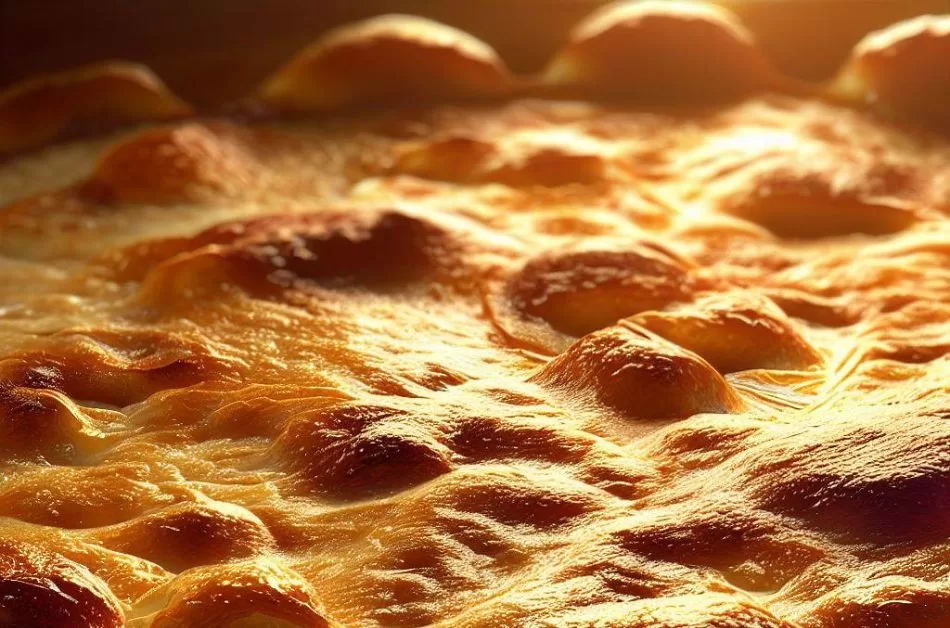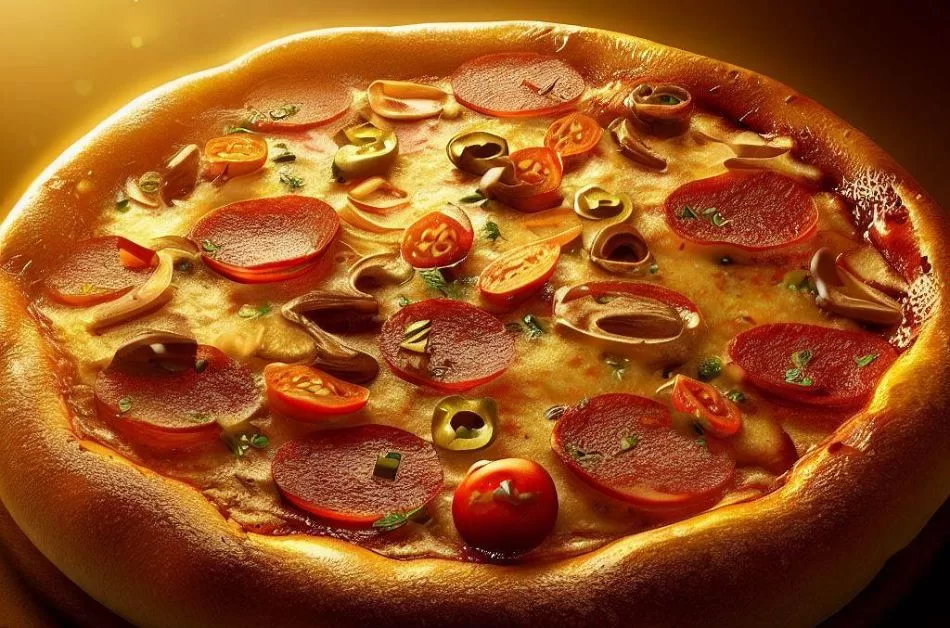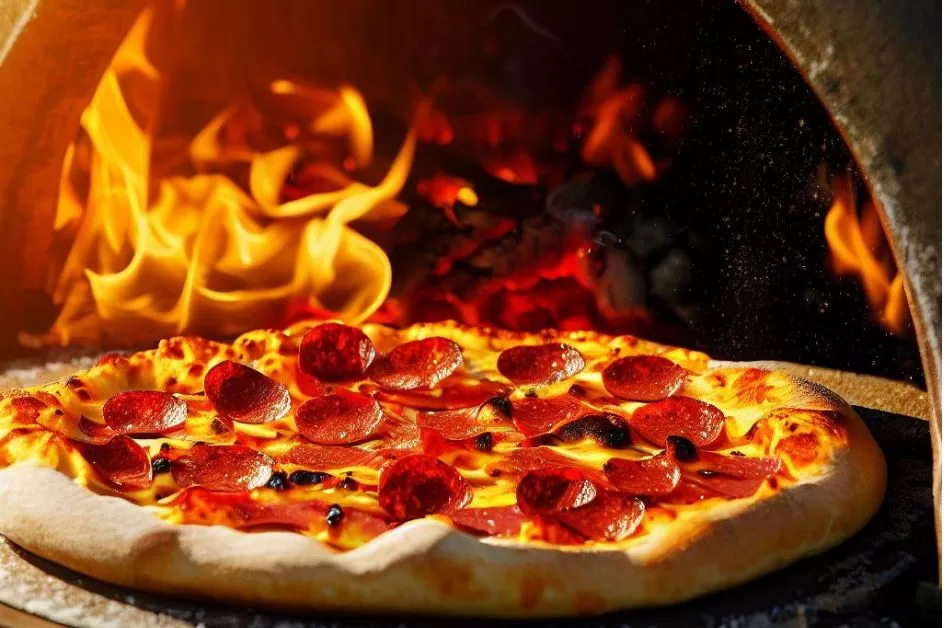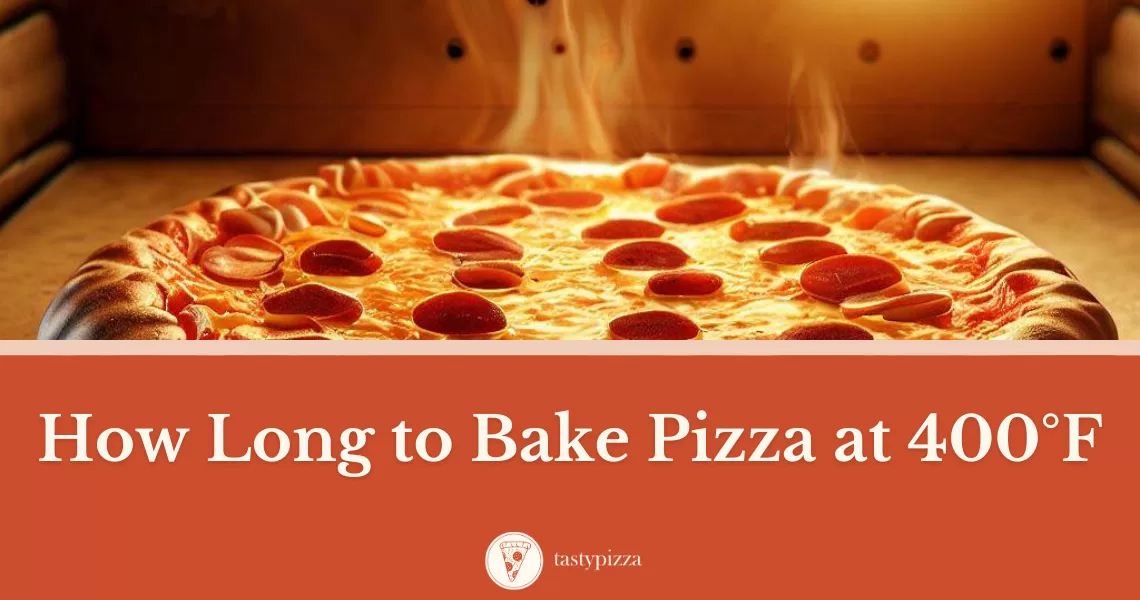Calling all pizza maestros and novices alike! We all know that baking the perfect pizza can be like dancing with a tempest – exhilarating yet perplexing.
But fear not! In this cosmic guide, we’re donning our aprons and diving headfirst into the sizzling world of pizza baking.
From the significance of temperature to the secrets of crust perfection and melty toppings, we’ll leave no cheesy stone unturned!
Be prepared to bask in the glow of pizza wisdom as we uncover the pivotal role of temperature in pizza baking, explore the mesmerizing impact on crust texture and toppings, reveal the factors influencing baking time, and equip you with invaluable tips to rock your pizza-making skills like a seasoned chef.
Table of Contents
ToggleUnderstanding the Importance of Temperature in Pizza Baking
Picture this: a pizza odyssey where temperature reigns supreme. Join me on this cosmic journey, fellow foodies!
The Role of Temperature: Like a celestial conductor, temperature orchestrates the symphony of flavors, transforming humble dough and toppings into a heavenly delight.
It’s the secret ingredient that sets the stage for pizza greatness, influencing chemical reactions and moisture evaporation like a culinary wizard.
The science behind heat transfer in pizza baking: Buckle up, fellow scientists!
When your pizza enters the oven, the heat begins its dance through the crust, guiding it toward that golden-brown wonderland.
We’re talking conduction and convection, my friends – the dynamic duo that ensures a perfectly baked crust and toppings that dance to the rhythm of 400 degrees.
READ ALSO: Best Outdoor Pizza Ovens List
Impact of Temperature on Pizza Crust Texture

Ah, the crust – the canvas of pizza ingenuity.
Prepare to be mystified by the temperature’s tango with the dough!
The Perfect Crust: Oh, the quest for that elusive balance of chew and crunch!
Temperature holds the key, teasing water molecules out of the dough, creating a steamy affair that results in a crusty exterior and a tender heart.
Understanding the difference between low and high-temperature baking for crust thickness: Get ready to ride the temperature seesaw!
Lower temperatures yield a thicker crust that cradles your toppings while cranking up the heat blesses you with a thin and crispy creation. The choice, my friends, is yours to make!
Achieving a crispy crust at the right temperature:
Craving that audible crunch?
Temperature is your ally, working its magic to create steam and that satisfying crackle.
The secret is finding that sweet spot – the precise temperature that unlocks the gateway to crusty euphoria.
Impact of Temperature on Pizza Toppings

Close your eyes, and picture molten cheese cascading over tantalizing toppings. That’s temperature’s masterpiece in action!
Melting Cheese and Toppings: Hold on to your taste buds, folks!
Temperature is the virtuoso behind the mesmerizing metamorphosis of cheese into a gooey, stringy delight.
As the heat rises, proteins in the cheese gracefully surrender to its allure, creating a spectacle that leaves your mouth watering.
The balance between a well-cooked crust and perfectly melted cheese:
Prepare to witness the grand balancing act! Temperature plays a mediator, ensuring your crust is kissed by the flames while your cheese and toppings reach peak deliciousness.
Avoiding burnt or undercooked toppings with proper temperature control:
We’ve all experienced the agony of burnt cheese and undercooked toppings.
But fear not! Temperature is the savior, the compass that guides you toward pizza nirvana. Adjusting it with finesse will save your pizza from the depths of culinary despair.
DON’T MISS: our in-depth review of NutriChef Portable Pizza Oven
Factors Influencing Pizza Baking Time
Dough Thickness: The thickness of your dough holds the key to time travel!
A thin crust leads to a shorter baking journey, while a thicker dough demands more oven affection.
Choose wisely, my fellow pizza pioneers!
How to adjust the baking time based on thin or thick crust preferences:
This is your moment to shine! Thin crust aficionados, revel in the swift journey of 8 to 10 minutes.
For those who adore a doughy embrace, savor the extended baking voyage. Your pizza, your rules!
Toppings and Ingredients: Prepare to navigate the labyrinth of ingredients and their moisture content. This quest will lead you to the holy grail of perfectly timed pizza.
Understanding the role of moisture content and cooking times for various ingredients:
Variety is the spice of life, they say. Different ingredients, different journeys!
Unraveling the mysteries of moisture content will empower you to wield temperature like a seasoned maestro.
MAKE SURE: you read also our review of Geras Grill Top Pizza Oven
How to Determine the Right Baking Time for Your Pizza

Prepare your pizza dar, my friends, for the moment of truth, is nigh!
Let’s unravel the secrets of perfect timing.
Monitoring the Process: Brace yourselves, pizza watchmen! Observing your pizza as it bakes is an art in itself.
Watch for that golden hue, and listen for the siren song of perfectly cooked cheese and toppings. Trust your instincts, and you shall be rewarded.
Visual cues and indicators of a well-baked pizza: As you stand sentinel before your oven, watch for the celestial signs.
A golden crust beckons like a siren from afar, while the cheese boasts a tantalizing melt. These visual cues shall guide you to pizza utopia.
Testing the crust doneness without cutting into the pizza: The sacred ritual of the tap dance! Gently tap the crust with a finger – a hollow sound is music to your pizza-loving ears.
Let your pizza breathe a little before you dive into its cheesy depths.
Tips and Tricks for Perfecting Your Pizza-Making Skills
Welcome to the pizza dojo, where secrets are revealed, and legends are born. These tips will awaken the pizza ninja within you!
Preheating Techniques: Embrace the sacred preheating ritual! Prepare your oven for the pizza enchantment that lies ahead.
Tips for achieving the ideal oven temperature for pizza baking: The holy grail of 400 degrees awaits! Fine-tune your oven settings to summon pizza magic like never before.
Using Pizza Stones and Pans: Time to equip yourself with pizza’s secret weapons! Stones and pans shall guide you to the promised land of perfectly baked crusts and toppings.
Understanding the benefits of pizza stones and pans in regulating temperature and texture: These culinary champions are no mere utensils – they’re your allies in the battle for pizza supremacy. Embrace their powers, and your pizzas will reach new culinary heights.
Troubleshooting Common Pizza Baking Problems
Even the bravest pizza warriors encounter challenges. But fear not, for we shall overcome!
Soggy Crust: The scourge of the soggy crust! Banish it with the art of preheating and even topping distribution. Victory shall be yours!
Identifying the causes and potential solutions: Fear not the soggy crust mystery!
With knowledge comes power, and you’ll conquer this culinary conundrum with ease.
Burnt or Undercooked Pizza: Pizza imbalances strike fear into the hearts of pizza lovers.
But fret not! Tame the flames with precise temperature and baking time adjustments.
Adjusting temperature and baking time to avoid burning or undercooking: Fine-tune your pizza dance, and the oven shall obey your every command.
The balance shall be restored, and your pizza journey will be free of culinary mishaps.
How Long to Bake Pizza at 400°F – Final Thoughts
Bravo, brave pizza explorers! Our journey through the cosmic world of pizza baking has uncovered the pivotal role of temperature, the secrets of crust perfection, and the magic of melty toppings.
As you wield the power of temperature, dough thickness, toppings, and baking techniques, you shall unlock the gateway to pizza euphoria at 400 degrees.
Embrace the joy of experimentation, and let your culinary creativity soar!
The time has come, fellow pizza voyagers!
Venture into your kitchens, and with newfound pizza prowess, embark on a gastronomic adventure that will leave your taste buds spellbound.
If you are looking for purchasing a new pizza oven then make sure you read our review article on NutriChef Portable Pizza Oven
Let the burst of flavors and textures be your guide as you savor the joy of creating your delectable masterpieces.
Bon appétit!
Sources:
- https://www.allrecipes.com/recipe/257199/thin-crust-pizza-dough/
- https://bakinghow.com/pizza-baking-temperature/
- https://picky-palate.com/homemade-supreme-pizza/
- https://opspizzakitchencafe.com/pizza/how-long-to-bake-pizza-at-400-2/
- https://www.tastingtable.com/1009765/best-uses-for-your-outdoor-pizza-oven/
- https://www.designerappliances.com/blog/best-pizza-oven/
Frequently Asked Questions
400°F (200°C) is often recommended as it balances cooking the dough and toppings. It helps achieve a crisp crust and evenly cooked toppings without burning.
Yes, you can, but be cautious. Higher temperatures can quickly cook the crust, but may not give toppings enough time. Experiment carefully to avoid burning.
Around 8-12 minutes at 400°F (200°C). Watch closely after 8 minutes to avoid overcooking.
To avoid over-crisping, use a bit more sauce, toppings, or cheese. Precook toppings slightly and consider brushing dough with oil before baking.
Use a grill (with a pizza stone or foil-wrapped bricks), stovetop (using a heavy skillet), or even a microwave (for a quick fix, but not ideal).

Ethan Davis, a culinary arts graduate with a deep passion for pizza, is an esteemed author in the field. With a wealth of professional experience in diverse pizza restaurants, Ethan has honed his skills and expertise in the art of pizza making. His mission is to share his extensive knowledge with a wider audience, captivating them through engaging articles that showcase his profound understanding and unwavering enthusiasm for the subject. Through his writing, Ethan aims to inspire pizza enthusiasts worldwide, fostering a greater appreciation for the craft and encouraging others to explore the delicious world of pizza.

